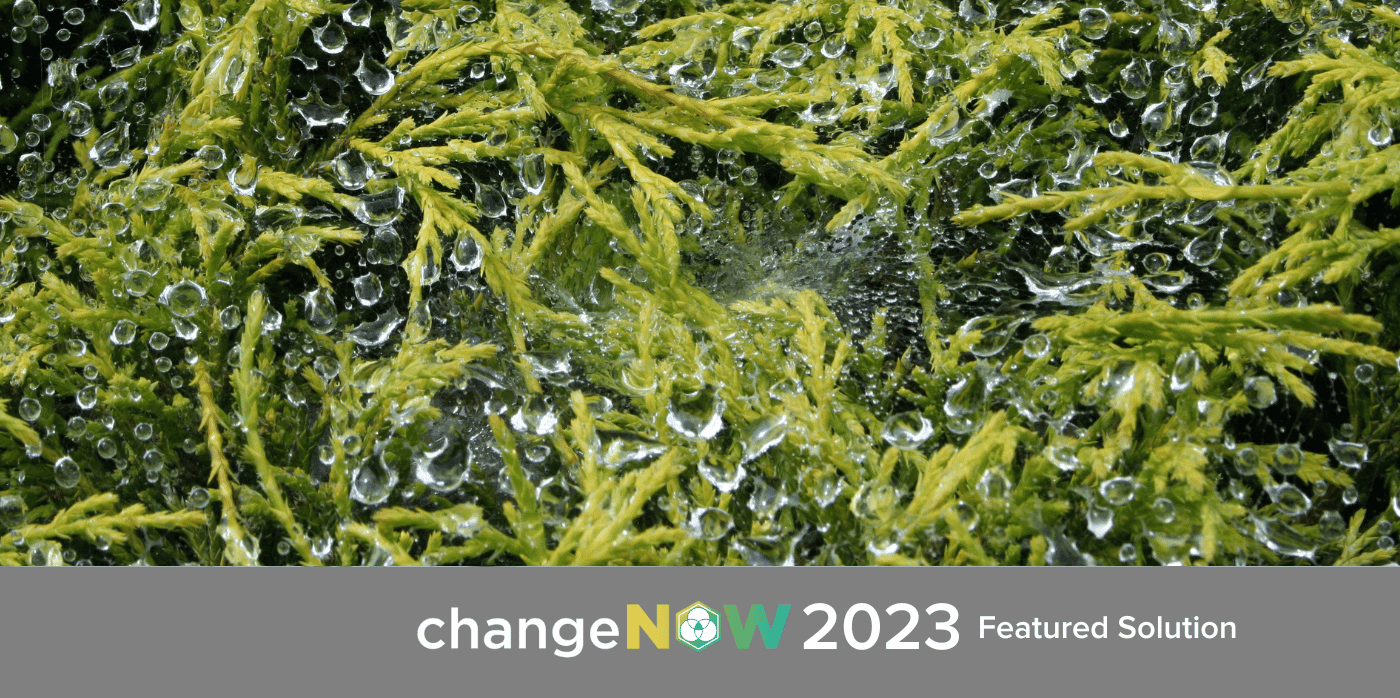An algae-based material for use in personal care products and solar panels

Spotted: Biotechnology has been rapidly gaining momentum in recent years, with manufacturers increasingly turning to the natural world both for its unique qualities and sustainability. One of those manufacturers is Swedish Algae Factory, which uses diatoms – a type of unicellular microscopic algae – to produce its new advanced materials.
The company’s first products are a skin cleanser called Algica and a protective coating for photovoltaic (PV) panels. The products are manufactured via a sustainable, circular process that uses wastewater from other local businesses as an energy source, with the cleaned water is returned to its partner organisations for reuse. According to the company, producing one kilogramme of Algica helps clean the atmosphere of at least eight kilogrammes of carbon dioxide and one kilogramme of nitrogen.
The shells of algae diatoms contain silicon dioxide and are extremely efficient at absorbing light and carbon dioxide. By replacing some of the chemicals traditionally used in skincare products, Algica not only reduces the carbon emissions of production, it also makes the products themselves healthier and more effective. In a controlled, double-blind study, external assessors found Algica’s moisturising capability to be the same as hyaluronic acid.
Because the algae grow in salt as well as wastewater, production processes are accessible to communities without a consistent supply of clean water. By eliminating the need for potable water to grow algae, areas can more easily and quickly engage with new opportunities for economic growth, particularly as Swedish Algae Factory continues to explore additional and improved uses of the plant.
A recipient of an EU LIFE grant, Swedish Algae Factory also has a project called Life Sunalgae for large-scale industrial production of an algae-based silicon film that blocks UV light. When applied to PV panels, the film slows the degradation of materials while increasing the solar cells’ efficiency in converting light into power.
Springwise has spotted the versatility of algae being used in a range of innovations in the archive, including in limestone and to power a microprocessor.
Written By: Keely Khoury

